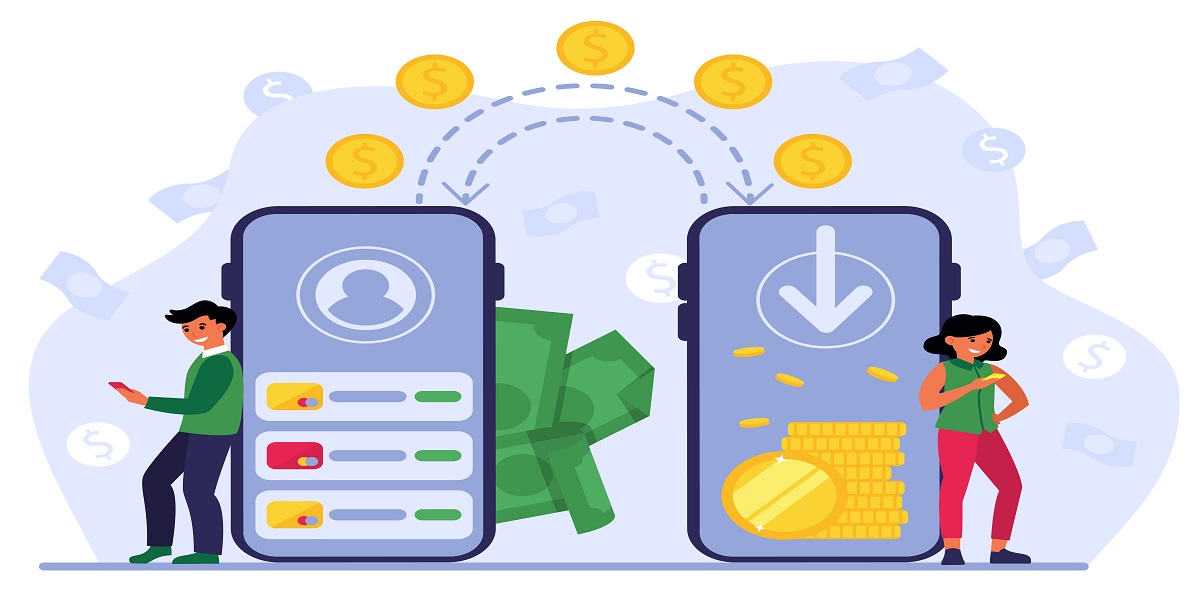An Ultimate Guide with Complete Understanding of Business Models
- By Grace hopper
- 15-02-2023
- Technology

A business model is the potential of a business, and its commercial partners needed to create, promote and deliver a product to its target audience. Relationships with consumers and investments are needed to create sustainable income streams.
This term is meant in one way or another. Distinguish between simple and complex systems. For example, the business model of a restaurant chain is to invite customers to a comfortable place for a good time and generate revenue by serving elaborate and delicious dinners.
There are more and more options available for commercial Internet sites to generate income. For example, some owners of these businesses offer free information or services to increase customer flow. Commercial sites with high traffic levels can be great places to place your ads. So, the owner can earn money by selling the site for commercial purposes. Another category of sites earns from web sales. This includes, for example, online stores.
What are the types of business models?
1. Manufacturer
Creation of physical goods, intangible products (music, movies), or services. Who is your target audience? Are you a client or distributor? Its main task is to produce demanded products and follow-up delivery through effective channels. There are three types of this business model.
- Direct-to-consumer marketing
This type includes selling products through a website or company-owned store. The main benefits of this system are eliminating middlemen, increasing income, and building direct relationships with customers (through free support, detailed product demonstrations, etc.).
- Sales to distributors and wholesalers and retailers
This business model involves selling products to specialized dealers who have multiple channels to reach end customers. Most manufacturing companies fall into this segment.
- Assignment of Exclusive Rights to the Distributor
In this case, manufacturing enterprises work exclusively with one or more intermediaries to create a monopoly on a specific product in a specific region and earn a lot of income. For example, sellers in this category are represented by car manufacturers, film producers, and book authors.
2. Distributors of goods and services
Intermediaries serve as the main link between manufacturing companies and consumers. Their job is to combine products from different companies to expand sales. Distributors increase margins and reduce logistics costs. This market is characterized by fierce competition. The following types of this business model can be distinguished:
- Retail (including e-commerce)
Retail contains numerous products vertically for various purposes. Consumers interact exclusively with distributors for any product that is the value proposition of such a business. Amazon and Walmart online stores, for example, adhere to this model.
- Slit Orientation (narrow focus)
General retail involves the sale of a wide range of products, while distributors specializing in products carry specific categories of merchandise.
- Private Selling Club
In this case, the buyer pays a regular membership fee to get personal access to the exclusive discount system of top brands.
- One Product Per Day
This sales business model is applied in Woot. Instead of selling hundreds of products, the company only offers one product per day at a deep discount. As a result, manufacturers clear their warehouses very quickly and distributors sell goods in bulk. Users are provided daily with information about specific products.
- Integrated Model
This system is used by traditional retailers looking to increase customer flow at the expense of internet users. Thus, consumers select products from the retailer's website, pay for them, and pick them up at the warehouse or store.
What are the benefits of your business model?
A company's business model is a set of graphical and textual descriptions that allow you to understand the nature of the company's management processes. These explanations help answer a series of questions and solutions.
- Develop a step-by-step plan for business development.
- Understand the business function structure of an enterprise and its definition.
- Who is performing the business process and what are their roles?
- When and in what order are business processes implemented?
- What is the organizational structure that runs specific business processes?
- Improve cooperation and mutual understanding between executive centers, decision-making, and accountability cells.
- Establishment of corporate management information system
- Open opportunities and pathways to certification.
- Business process diagrams are visual job descriptions, so you can train new employees quickly and effectively.
A business model is driven by excellence
The term "business model" has many interpretations, but to use the least formal label, you're building a business where the customer's idea of the ideal company intersects with the products and services the company can actually offer. Explain why your business model is average. In fact, every customer wants to be served by the company that most closely matches their idea of the ideal company: lowest price, highest quality product, most complete service, fastest service, most convenient location. to. Simply put, each company’s competitive advantage element must satisfy customer needs 10 out of 10.
People are choosing app development as their new business idea. To build apps that recommend places that you should visit according to the reviews and ratings given by the people is one of the best application ideas these days, you need to make app like Yelp. Working on it would help you make a successful business out of it.
Naturally, no such company exists and cannot exist. If any company can deliver more than 50% of the "ideal set", any other criterion will already be very far from 10 out of 10.





